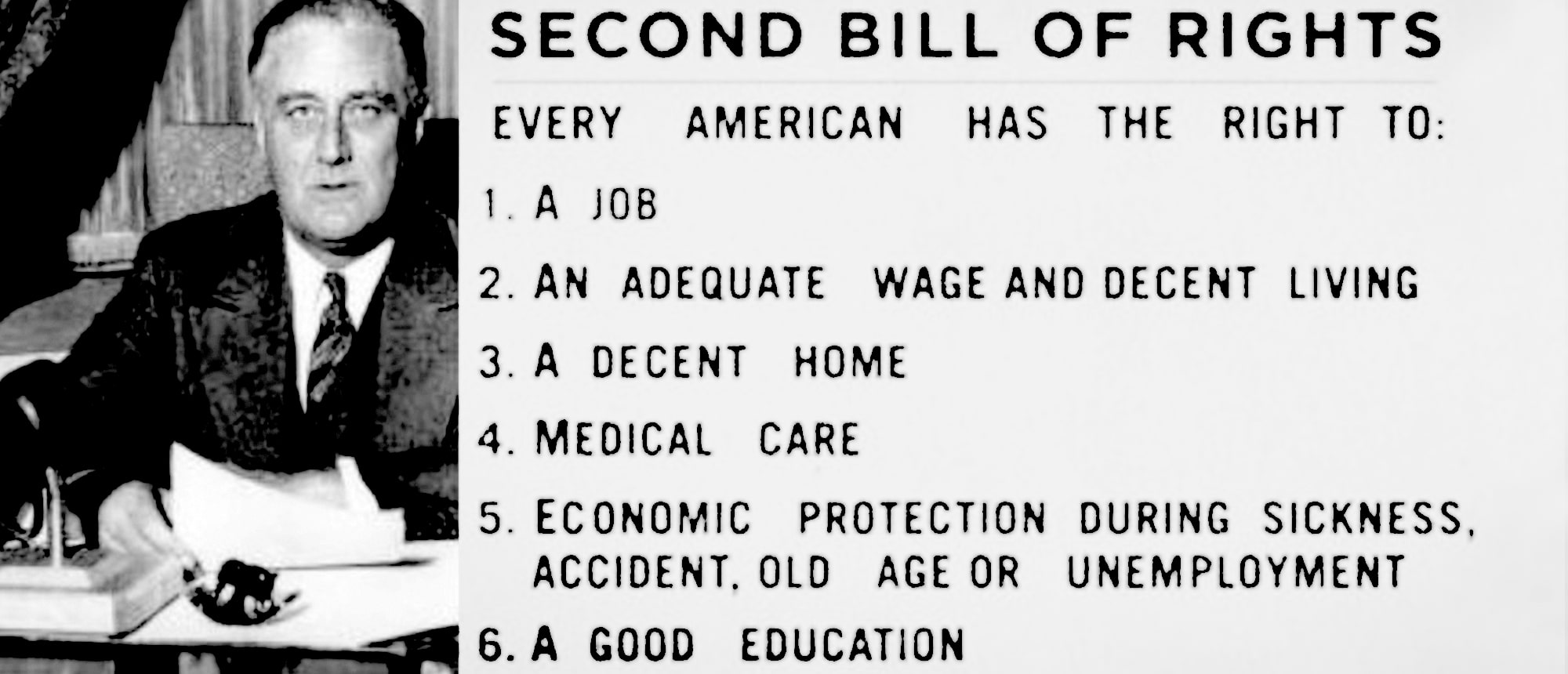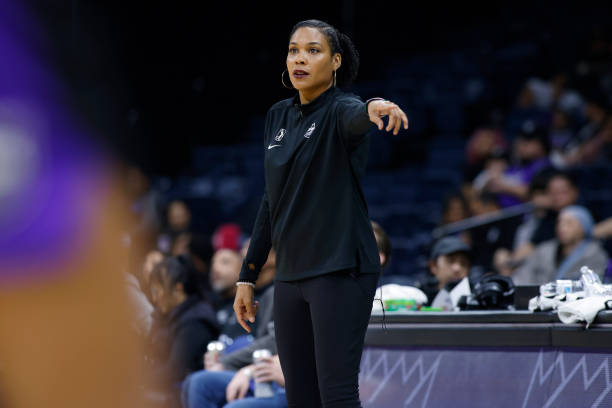(ThyBlackMan.com) This blog is inspired by my participation in the conference: Blogging While Brown 2015 in Austin, Texas – http://bloggingwhilebrown.com/
Before you begin Blogging, Vblogging, Microblogging or Podcasting, the words you intend to use are a visual representation of a story, whether is it a personal event, community activity, religious experience, parenting episode, poetry posting, spoken word, career changing event and even class project. Using the words needed creates a mental picture for the people reading/viewing your story.
Blogging is a form of storytelling, because you are working to attract readers to your written Blog or even viewers to your Vblog or ears to your Podcast or replies to your Microblogging.
Your Blog is your signature that people will be able to trust you to take them in the right direction and provide useful information that will not waste their time. Storytelling helps attract readers and engages them to read the whole post, makes them come back consistently and shows what Bill Gates says is true, “content is king.”
A key skill is how can you tell that story in an effective way? There is more to it than posting intriguing pictures, snappy and Swaggin words, references to philosophical quotes, and links to YouTube videos, diversity is important in how you present the information.
is more to it than posting intriguing pictures, snappy and Swaggin words, references to philosophical quotes, and links to YouTube videos, diversity is important in how you present the information.
There is an interactive engagement with words that make the readers/viewers mind work. To embrace the content and seeing their eagerness to come back for more.
Even though blogging has been around of years, it has morphed into a media medium where no subject is untouchable by the incorporation of words, sentences, paragraphs and diction that carries the reader on a journey. Some things to consider are listed below on a Blogging, Vblogging or Podcasting journey.
Storytelling develops into an art form that will take the reader and viewer on a journey that is not just academic, it covers the broad spectrum of ideas, emotions, challenges, successes, that humans are involved in. There are no subjects that are taboo. Information on the Internet is free and open for engagement. Many people disagree with the openness of the World Wide Web, how do you manage and limit the amount of knowledge that is in a person’s brain?
Those that are courageous enough to put pen/pencil to paper, fingers to keyboards, voices to microphones and even allow past writings to be deciphered and digitized from paper/parchment and inputted into diverse technology devices all are involved in sharing information that will create a response on some level.
Blogging/writing allows a person to create their own language that is distinctly theirs with words. The ability to tell a story is not just through verbally retelling and sharing, it is the ability to sense how to communicate with people of diverse backgrounds, cultures and generations. Applying the right tool/platform to share the words, phrases, and exchanges that are multilingual and diversely culturally relevant.
Below are some thoughts on how to create content.
The Art of Story Telling in the Digital Age
1. Before you begin your story consider:
* What makes a good story for your readers, you should remember
that you’re not creating content just for you but for others.
* What is the main point or idea of the story, this should not be
hard to figure out for the reader and easy to follow.
* Who is your audience 12yr olds to 35yr olds or older?
* What problem does your story address and what questions are
answered, does it add value to someone’s life?
* What is your purpose?
2. The words (nuts and bolts) to the point or a perspective.
* There is value in a title – is it hype?
* Have a URL that is friendly.
* SEO friendly – Search Engine Optimization (shared, tweeted)
* How provocative or incendiary is the blog?
3. Define your personal voice
* How influential do you want your voice?
* Your voice grabs your reader’s attention.
* The more you write/post/speak your voice is your brand.
* Don’t imitate, emulate others, write in your voice –
your voice is your brand and you should expand it.
4. The Layout of your post
*Structure and organizing your blog posts.
* 500 to 700 words – what is your range?
* Write clearly and concisely.
* Organize your blogs so that they can be archived.
5. Choose your images wisely
* Images carry a story for your blog.
* Make sure your images enhance your story.
* Be careful that your images do not take away from your blog.
* Your images can draw more people to your blog than just words.
6. The value of Microblogging on Twitter
* It is easy, it is quick and it helps you stay connected.
* Use Microblogging when you don’t have the time to blog
on a traditional platform.
“You’re never going to kill storytelling, because it’s built into the human plan. We come with it.” Margaret Atwood
Staff Writer; William D. Jackson
Find out more about this talented writer over at; OCS For Education.




















Leave a Reply